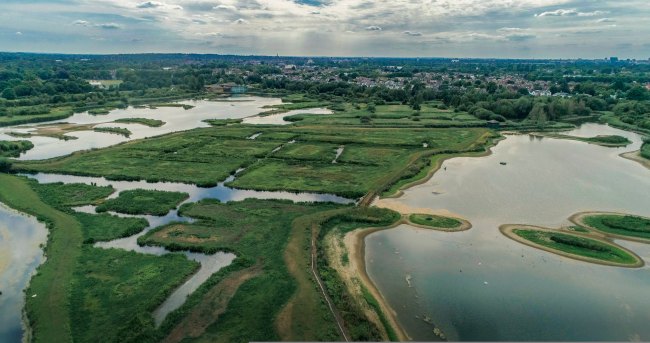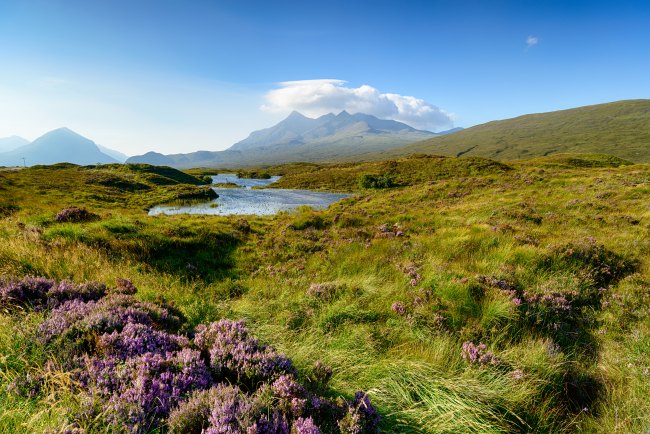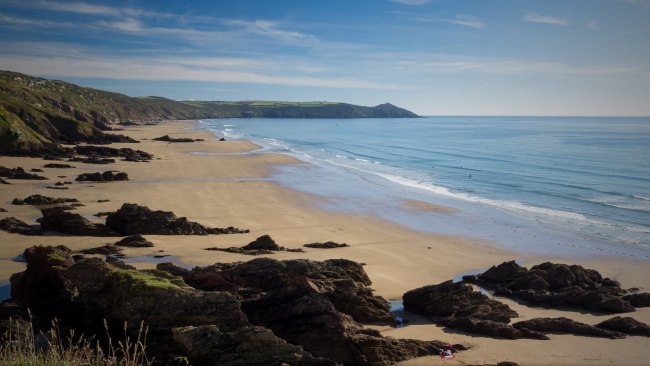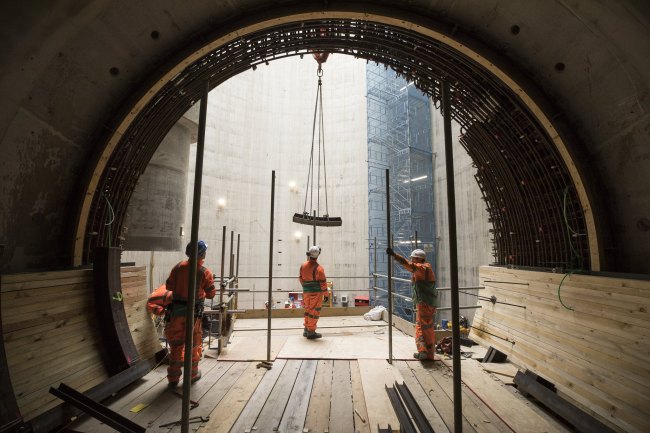Climate change
The water industry is playing its part in tackling climate change
In 2019, water companies in England joined forces to make a pledge to reach net zero on operational emissions by 2030.
Since then, companies in Scotland and Wales have committed to achieving carbon neutrality across all emissions by 2040 with a pledge from Northern Ireland to deliver the same target by 2050.
Water and climate change
- The water sector in the UK is facing significant challenges due to the impacts of climate change. The country is experiencing more frequent and intense extreme weather events, such as floods and droughts, which are placing increased pressure on water resources and infrastructure. Climate change is also affecting water quality and availability, as rising temperatures and changing precipitation patterns alter the water cycle
- The UK water sector must adapt to these changing conditions and build resilience to ensure that water is available and accessible for all. At the same time, the sector has a crucial role to play in mitigating the impacts of climate change, by reducing its own carbon footprint and helping to transition to a low-carbon economy
The facts
- Total water supply is forecast to decrease by 7% by 2045 as a result of the climate emergency and limits to sustainable abstraction
- Between 2020 and 2050, we are twice as likely to have a year with water restrictions due to droughts in England when compared to the 1997-2004 period
- The chance of a serious drought between now and 2050 that results in water deficits and requires supply restrictions is between 1-in-7 and 1-in-4

Understanding our emissions
The UK water industry is responsible for the delivery of 15 billion litres of water and the treatment of sewage from over 28 million properties every day. We do this through a significant network of interconnected assets, including over 7,000 treatment sites and enough buried pipework to reach to the moon and back.
Moving and treating water is an energy intensive process, which leads to the emission of millions of tonnes of greenhouse gases every year. Our emissions as a sector can broadly be split into operational and capital, also known as embedded, emissions.
Operational emissions are emitted through our everyday processes and activities:
- Electricity – We use electricity for part of the water treatment process and pumping water, as well as powering offices, buildings and electric vehicles
- Process emissions – Methane and nitrous oxide are released when chemical changes are made to raw materials during the water and sewage treatment process and make up a significant proportion on our overall carbon footprint
- Transport – Many vehicles are currently fuelled by diesel or petrol, responding to hundreds of customer callouts every day
- Natural gas and gas oil – We use gas for some wastewater treatment processes and to heat our buildings, while gas oil is used on remote sites for heating and generating electricity
Capital emissions are associated with building works and construction projects:
- Electricity – A lot of electricity is used in the delivery of new infrastructure, making it the largest source of capital emissions
- Concrete – Concrete is a very important, but carbon intensive material used in the construction of buildings and sewer systems
- Metal – Along with concrete, metal is one of our biggest sources of capital carbon with emissions coming from mining the ore from the ground, shipping it to the factory and turning it into a material we can use
- Fuels – The equipment and vehicles our partners and ourselves use are mostly run on fossil fuels like diesel

The Journey to Net Zero Water
The sector’s journey to net zero carbon will be a complex one, bringing together a variety of technologies, initiatives, and behaviours to drive down emissions. Each water company will have its own detailed plan, reflecting specific operational requirements and localised factors such as electricity grid constraints. Individual company plans will also set out in more detail how net zero will be delivered in harmony with the plans of key regional stakeholders including electricity distribution network operators, local authorities, and environmental NGOs.
Water companies are committed to protecting customer bills by taking a ‘least cost’ approach to decarbonisation that maximises opportunities to generate new income or improve efficiency.
- Harnessing nature - Catchment management approaches (including tree-planting and peatland restoration) play a critical role in cleaning up water at source, reducing the amount of treatment that is needed before it reaches the customer.
- Powering a greener future – The deployment of on-site renewables such as solar power play an essential role in reducing the carbon intensity of our sites. Many water and waste water treatment sites are already operating on an energy neutral basis and are even exporting green power and gas into the national electricity and gas grids.
- Saving water – The treatment of water and wastewater is a carbon-intensive business so we’re working hard to reduce the amount of water that is lost from our network through leaks while helping our customers to play their part in protecting this precious resource. Companies are deploying a variety of techniques to find and fix more leaks from our network of underground water pipes, which extends to almost half a million kilometres. We’re also working to raise awareness of the pressures on the UK’s water resources and help the public to take water-saving measures at home through our Water’s Worth Saving campaign.
- Tackling emissions - We’re investing heavily in the transition of our operational and maintenance vehicles away from fossil fuels, working with vehicle manufacturers to boost the availability of suitable vans and heavy goods vehicles that run on low carbon fuels such as electricity and biogas.
Read more


Bathing waters
Water companies want to help create bathing rivers in every region of England

Our plan for waste water
To expand drains and sewers and reduce sewage going into rivers




